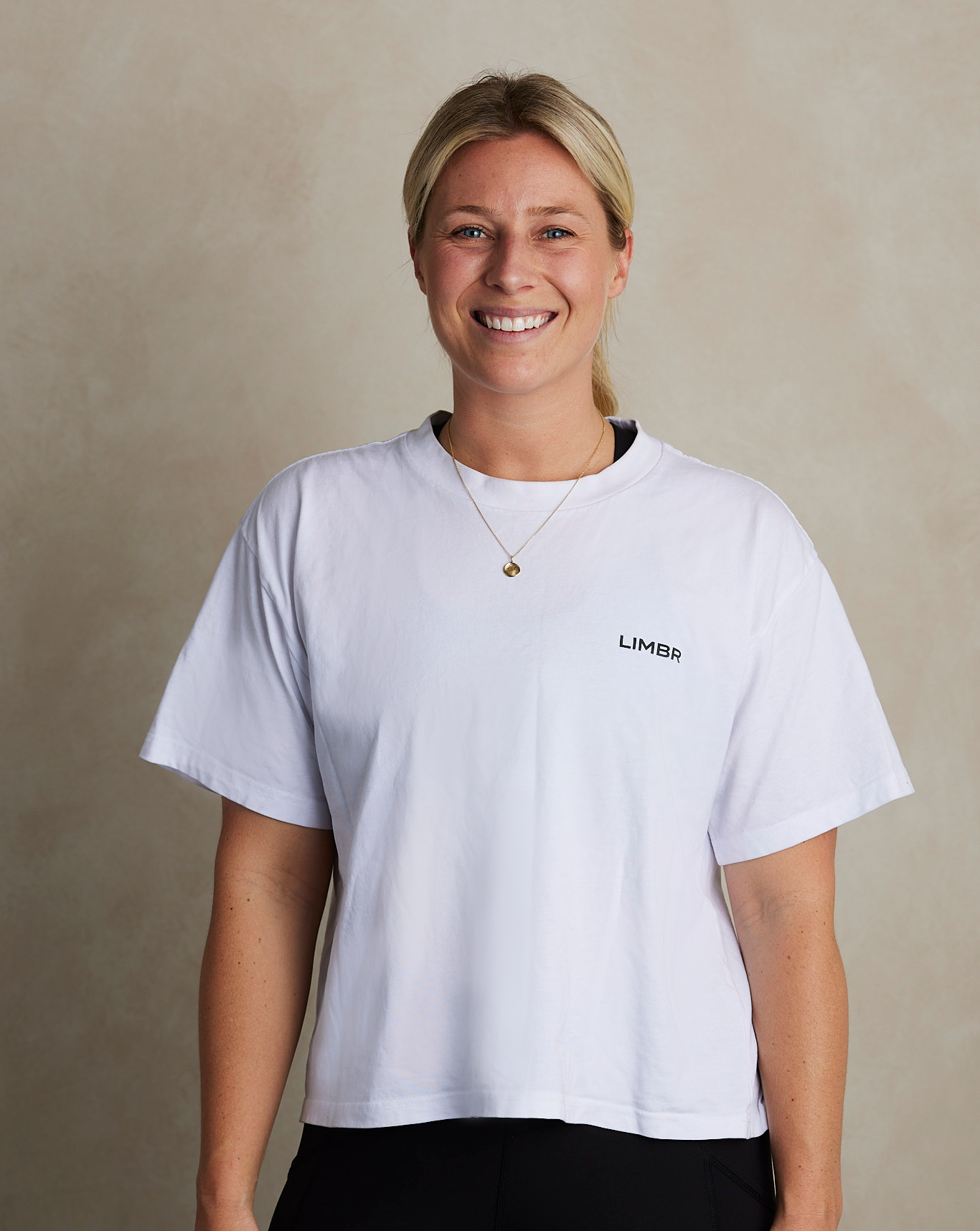General advice for a pain-free pregnancy!
Ashleigh Kaye Ryan 06/02/23Pregnancy is a beautiful yet challenging experience for many women! As your baby grows, so does your uterus, which can lead to stress and strain on your lower back muscles and hips leading to consistent aches and pains. Here are some tips to help manage lower back pain during pregnancy:
- Exercise regularly: Pregnancy-friendly exercise such as clinical Pilates, strength training, walking and swimming will help improve your posture, circulation, and musculoskeletal adaptations that occur in pregnancy.
- Don’t be too proud to wear a brace! If you’re someone who is a smaller frame or doesn’t have much strength going into your pregnancy, you might choose to wear something such as a pelvic brace for long days on your feet to help avoid unwanted lower back pain from anterior weight gain.
- Sleep on your side: Sleeping on your side with a pillow between your legs can help reduce the strain on your back and hips as they beautifully change shape.
- Wear comfortable shoes: Avoid high heels and choose shoes with the right arch support to distribute weight evenly for your pregnancy.
- Apply heat or cold therapy: Applying light heat or cold to the affected area can help relieve pain and reduce inflammation. (Consult with your Osteopath or Physiotherapist on which is appropriate for you)
- Manual therapy: Manual therapy techniques can help relieve muscular tightness, improve circulation and offload tissues that are under stress with the changes in your centre of gravity that occur throughout pregnancy.
- Avoid lifting heavy objects: Whilst strength training and heavy lifting can be very safe for those who have been training, lifting heavy objects if you’re weak and not educated on how to brace correctly can lead to acute lower back injuries.
Remember, every pregnancy is unique and what works for one woman may not work for another. If you would like a plan on how to best avoid aches and pains during your pregnancy, it is best to consult with a health care practitioner such as an osteopath or physiotherapist.
